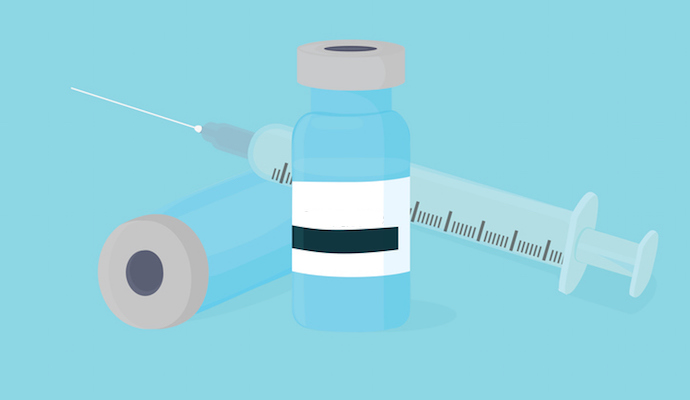Demographic Data, Predictive Analytics Shows Vaccine Program Success
A study using demographic data and predictive analytics discovers the US vaccination program prevented an additional 279,000 deaths and 1.25 million hospitalizations.

Source: Thinkstock
- By using demographic data and predictive analytics, researchers have determined that without the COVID-19 vaccine rollout program, the United States would have seen an additional 279,000 deaths and 1.25 million hospitalizations by the end of June 2021.
As the COVID-19 pandemic raged across the globe, causing more than 3.9 million deaths and 183 million reported infections, scientists worked as quickly as possible to develop vaccines to combat the virus. In the US, citizens have seen more than 600,000 deaths due to COVID-19.
In the US today, more than 328 million vaccine doses have been administered and 67 percent of adults have received at least one dose. The number of cases has drastically fallen from more than 300,000 per day in January 2021 to less than 20,000 per day in mid-June.
The decline in US cases is especially impressive due to the more transmissible variants, including B.1.1.7 (Alpha), P.1 (Gamma), and B.1.617.2 (Delta), that have been discovered in recent months, the report authors suggested.
“The Alpha variant, first identified in the United Kingdom, is 50 percent more contagious than the original COVID-19 variant, with higher mortality risk. The Gamma variant, initially detected in Brazil and imported to the U.S. in January 2021, became one of the dominant variants by mid-May,” the brief in The Commonwealth Fund stated. “Ominously, the Delta variant, linked to a resurgence of COVID-19 infections in India, Nepal, and other southeast Asian countries, is threatening to shift the course of the pandemic in the U.S.”
Scientists have discovered the Delta variant as higher transmissibility than the Alpha variant and makes up more than 40 percent of the positive cases in the US.
In order to access the impact and effectiveness of the vaccination program in the US, authors Alison Galvani, Seyed M. Moghadas, and Eric C. Schneider used data that included population demographics of the US, an empirically determined contact network accounting for pandemic mobility patterns, and age-specific risks of severe health outcomes due to COVID-19.
Additionally, the authors incorporated the transmission dynamics of the Alpha, Gamma, and Delta variants as well as the original Wuhan-1 variant into their model. The authors then compared three situations. The first was the observed epidemiologic trajectory (cases, hospitalizations, and deaths) witnessed with the current vaccination program.
The other two used predictive analytics to simulate their situations. One portrayed the epidemic trajectory without the vaccine rollout program and the other showed the program administering vaccines at half the actual pace.
The results showed that without a vaccination program, by the end of June 2021 there would have been an additional 279,000 deaths and 1.25 million additional hospitalizations.
Additionally, without the vaccination campaign, daily deaths would have jumped to nearly 4,500 per day, creating a second wave or “spring surge.” This had the potential to be larger than the first wave of the year, which peaked at 4,000 deaths per day in January.
If the vaccination rollout process moved at half the speed it did, there would have been nearly 121,000 additional deaths and more than 450,000 additional hospitalizations.
Through their research, Galvani, Moghadas, and Schneider concluded that the quick rollout of the vaccine program, which ramped up in February and March and exceeded 3.3 million doses administered per day in April 2021, played a crucial role in reducing the pandemic’s impact.
“Our results demonstrate the extraordinary impact of rapidly vaccinating a large share of the population to prevent hospitalizations and deaths. The speed of vaccination seems to have prevented another potential wave of the U.S. pandemic in April that might otherwise have been triggered by the Alpha and Gamma variants,” the brief stated.
